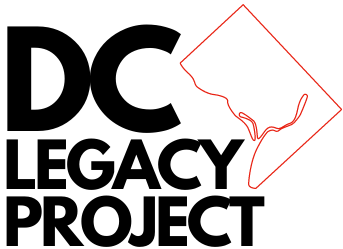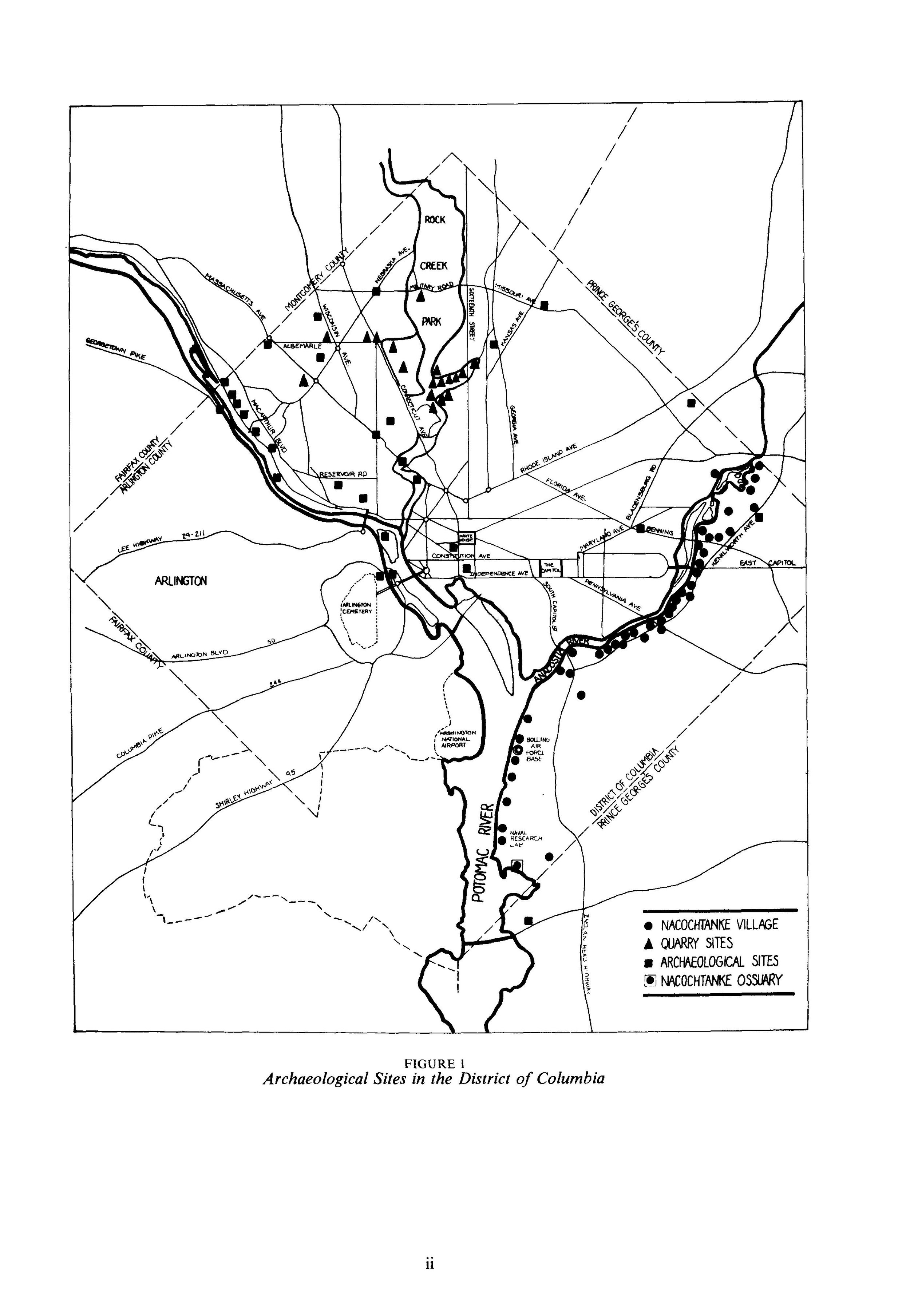The People and the Land, 1600s - today
For thousands of years, the east bank of the Anacostia River was home to ancestors of today’s Piscataway. An early map of the area called them Nacotchtank; they were later known as Anacostans. The tribe was pushed out of this area by the late 1600s. The descendants of those who survived this period of colonization were permanently displaced from their ancestral home. Learn more.
Robert L. Humphrey and Mary Elizabeth Chambers, “Ancient Washington: American Indian Cultures of the Potomac Valley,” GW Washington Studies, No. 6, nd.
When the District of Columbia was established at the confluence of the Anacostia and Potomac rivers in 1791, hundreds of enslaved people lived within its boundaries. At least five would work here for the Barry family, including Nora, Rachel and James Sanders, who won their freedom in 1862, when slavery ended in DC. Learn more.
Enslaved sisters Mary and Emily Edmonson attempted to escape bondage in DC in 1848. Emily and her husband later bought land in Hillsdale, which the family still owned in the 20th century. (John H. Paynter, Fugitives of the Pearl, 1930)
After the Civil War, a 375-acre Black land ownership community was established at Barry Farm. Residents named this place Hillsdale, and its population eventually grew to around 3,000. Learn more.
Teachers at Hillsdale’s Birney Elementary School, ca. 1910 (Museum of African American History, Boston and Nantucket, Massachusetts)
In the summer of 1932, the Anacostia flats were home to the Bonus Army, a racially integrated community of World War I veterans who came to DC to demand a payment promised to them by the federal government. Their settlement here grew to 15,000 before the group was violently evacuated by the U.S. military. Learn more.
Encampment built by veterans, 1932 (Theodor Horydczak, Library of Congress)
In the early 1940s, Hillsdale was torn in half for the construction of Suitland Parkway. Around 600 people had to vacate their homes to make room for the new highway. Land was also taken from longtime homeowners for the development of Barry Farm Dwellings, completed in 1943. Learn more.
Caption/credit: Suitland Parkway, 1955, with Barry Farm Dwellings in upper left (DC History Center, Whetzel Aerial Photograph Collection, AE0042)
Barry Farm residents organized to desegregate the DC schools and demanded basic rights for the poor. In 1954, they won the landmark Supreme Court case Bolling v. Sharpe, and in the 1960s, tenant organizers helped found the National Welfare Rights Organization. Learn more.
Bolling v. Sharpe plaintiffs Barbara (left) and Adrienne Jennings, with their mother, Luberta Jennings, May 1954. The Jennings lived at 1139 Stevens Road. (DC Public Library, Star Collection © Washington Post)
Barry Farm Dwellings was a vibrant site of cultural production in the 1970s and beyond. A basketball league organized in 1977 at the Barry Farm Rec, later named the Goodman League, drew talent from all over the city. In 1980, a group of youngsters who grew up here formed the Junkyard Band, helping to create DC’s unique go-go sound. Learn more here and here.
The Junkyard Band practices inside the Scout house on Sumner Road in Barry Farm, 1983. photograph © The Washington Post
1100 block of Stevens Road SE, 2021










